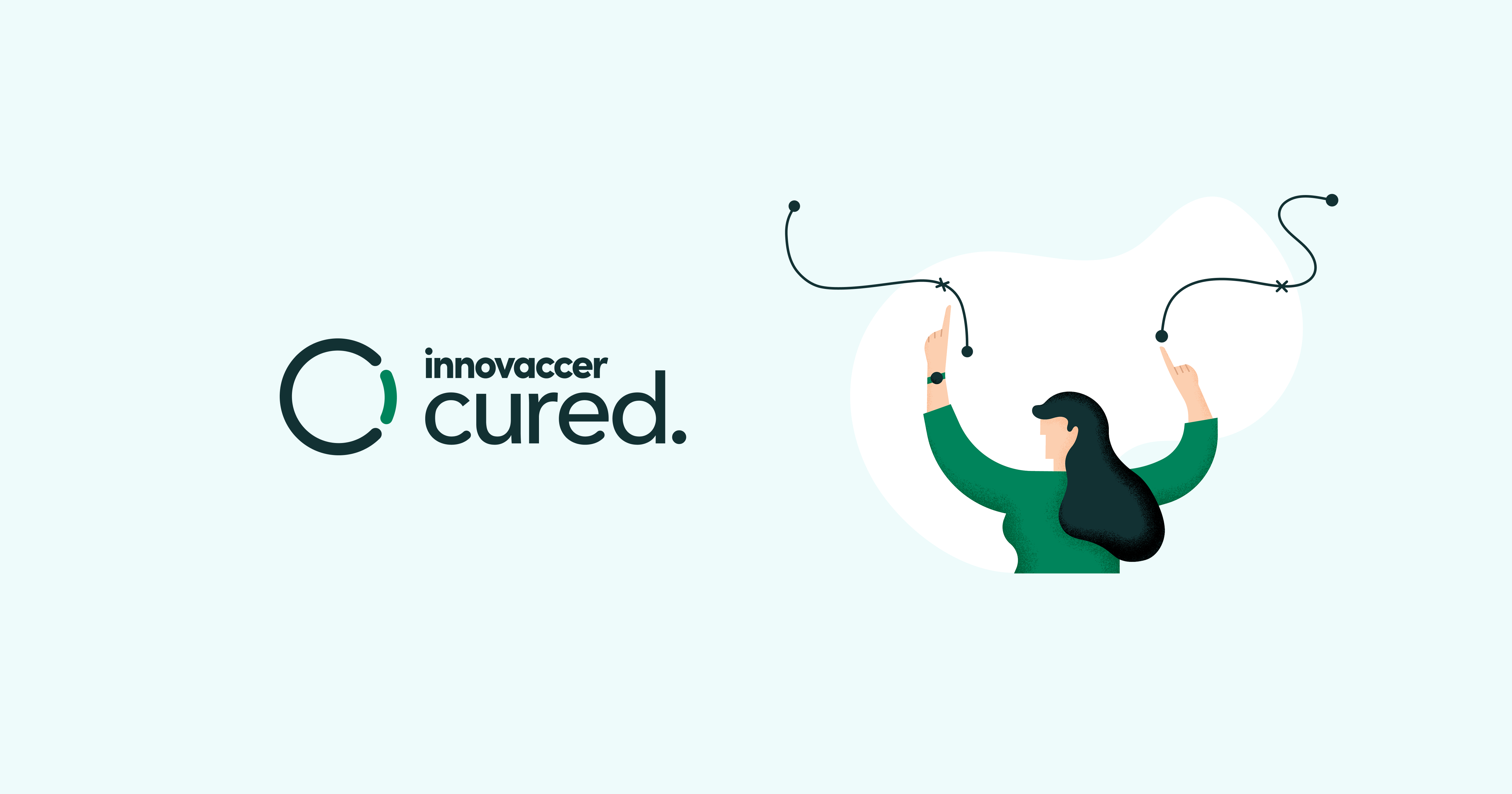how UCHealth uses propensity scores to drive revenue

Learn how UCHealth achieved a 79% spike in engagement by leveraging propensity scoring
Propensity scoring is an invaluable tool for healthcare marketers to target specific patient audiences with content that will convert. Our partners at UCHealth leveraged Cured’s propensity scoring with incredible results. Learn how to implement propensity scoring to generate more engagement, appointments scheduled, revenue, and rapport with key stakeholders at your organization.
1. leverage predictive analytics to drive the most impactful campaigns
Propensity scoring is powered by machine learning algorithms, which complete calculations that assign numbers predicting each patient's “propensity” or likelihood for consuming a particular service line of care. Once scores are assigned to your audience, run tests with your campaigns to gain actionable results. Use learnings from these tests to iterate your approach as needed to search for better metric outcomes. The result will allow you to predict the most impactful audience segments to target with personalized campaigns and generate the highest engagement possible.
UCHealth utilized propensity scoring following Cured’s approach. After testing the scores in three different campaigns and analyzing the results, Cured recommends including patients with at least the top 20% of propensity scores, ensuring the targeted content reaches them and encourages a successful campaign. Another general rule of thumb is to exclude the bottom 10% of propensity scores for the given service line. Leaving this group out decreases unsubscribes as there’s a higher chance in this audience that the content they receive will not be relevant to their care situation or needs. Using this approach, UCHealth’s campaign leveraging our propensity scores resulted in a 79% increase in engagement among high-propensity patients compared to an unscored control group.

2. track engagement to encounters
Calculate the ROI generated from propensity scoring by tracking engagement from your campaigns to encounters with your health organization. Pre-select your qualification criteria by determining which type of engagement, e.g., email received, opened, or clicked, should be counted towards driving an encounter. Also, look at the attribution window, which is the time period from the qualification criteria to the conversion event. For example, you could choose to track anyone who qualifies for 60 days to the appointment schedule date or 90 days to encounter. Time frames and conversion events vary based on the individual attributes of each healthcare organization. Encounter data from engagement with these campaigns allows you to tie marketing directly to revenue. Calculate the return on investment produced by compiling the revenue generated by appointments from one campaign while subtracting any costs. Measuring this performance allows you to show revenue from patient encounters and create a defensible calculation to showcase marketing’s value.
3. elevate marketing’s seat at the table
Showcase the ROI created by your efforts with propensity scoring and marketing initiatives by collaborating with key stakeholders throughout the process. The UCHealth team picked a primary company initiative and worked directly with stakeholders throughout the projects to showcase firsthand the value that marketing adds. Collaborating throughout your marketing and propensity scoring process brings credibility to the metrics created. Pull in finance early to work on the specifics of the calculation so there’s no question about the value generated when you share results. Through this process, UCHealth proved they could drive appointments to specific service lines and showcase marketing’s contribution to critical strategic organizational initiatives. By impacting broader company goals and consistently showcasing the value and impact of your marketing efforts, you will give marketing a lasting seat at the table.
Drive long-term engagement and elevate marketing in the eyes of your organization by implementing propensity scoring in your campaigns. Propensity scores allow you to target the right individuals with relevant messaging to increase engagement. Ultimately, tracking engagement to encounters and ROI establishes the lasting value of your marketing efforts.
generate engagement and ROI with the Cured platform
Learn more about how Cured’s propensity scoring models can drive lasting ROI at your organization by scheduling a personalized demo.



